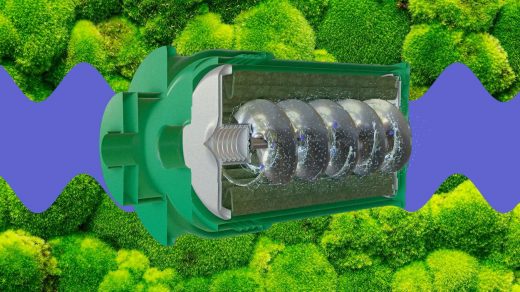This revolutionary moss filter could capture microplastics before you drink them
High up in the Andes mountains, 12,000 feet above sea level, lies one of the world’s most unique ecosystems. Known as Páramo, the landscape is responsible for 70% of Colombia’s fresh water; in part, thanks to moss species that trap moisture from the fog, rain, and melting glaciers; store it in the soil; then release it gradually to the lowlands. When the water passes through the moss, it’s so clean it’s considered safe to drink for about 40 million people across Columbia, Peru, Bolivia, and Ecuador. But the moss can filter a lot more than dirt and pollutants: It can also filter microplastics.
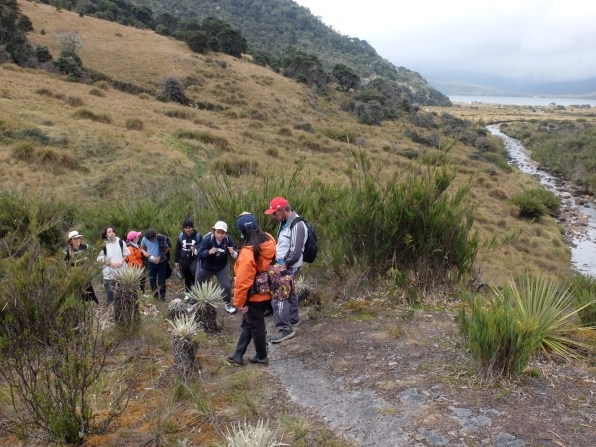
Earlier this year, a group of design students at the University of the Andes in Bogota visited Páramo as part of a master’s course on biodesign. Drawing inspiration from the filtering properties of the moss, they designed a moss filter that can capture about 80 grams of microplastics from tap water—or the equivalent of 16 credit cards. Titled MustGo, the project just won the annual Biodesign Challenge Summit. Still in its early stages, the concept joins the ranks of many filters designed specially to filter microplastics, albeit not with natural materials.
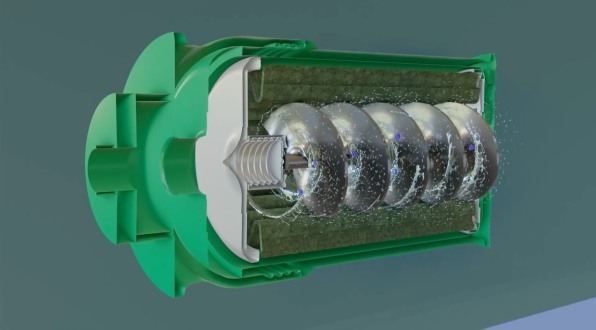
“[Moss] is such a little organism, and it does so much for the entire ecosystem,” says Maria Paula Osorio, a student at the University of the Andes who designed the product with David Julian Oviedo. Sphagnum moss, like the one used here, thrives only in cool, wet places. But in the right conditions, it’s easy to grow, it can withstand below-freezing temperatures, absorb 40 times its weight in water, and act as a powerful water filter. “We understood how amazing this natural creature is and wanted to do something that matters,” she says. After much research, the design students stumbled on a study from the César Vallejo University in Peru suggesting that moss can filter microplastics. Their mission crystallized.
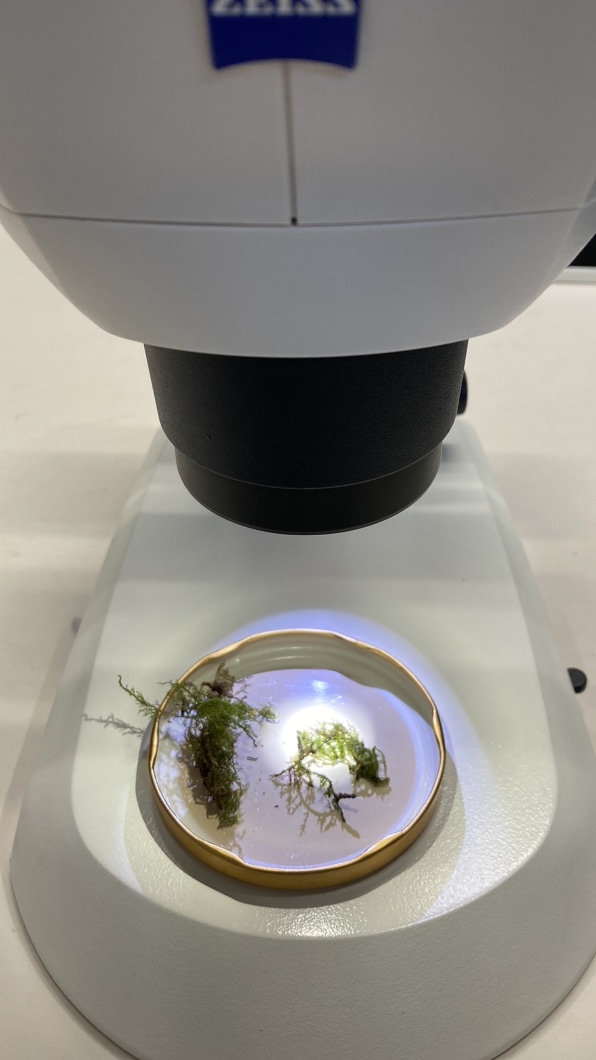
Ever since plastic production boomed after WWII, billions of tons of plastic waste have accumulated in the environment. Microplastics, in particular, can now be found everywhere, from Arctic snow and table salt to bottled and tap water—and our lungs. A 2017 study by nonprofit Orb showed that 94% of tap water in the U.S. is contaminated with microplastics.
Exactly how bad microplastics are for our health remains unclear, but scientists believe it’s cause for concern. This is where the MustGo filter comes in. The product relies on two main parts: A ridged, cylindrical moss filter made of 280 grams of dried moss, and a stainless-steel helix. The porous membrane of the dried moss can absorb and retain microplastics while letting water pass through. The helix was inspired by the Archimedes screw, which helps move a liquid from point A to point B. It spins the water fast enough for the microplastics to come apart and land on the filter.
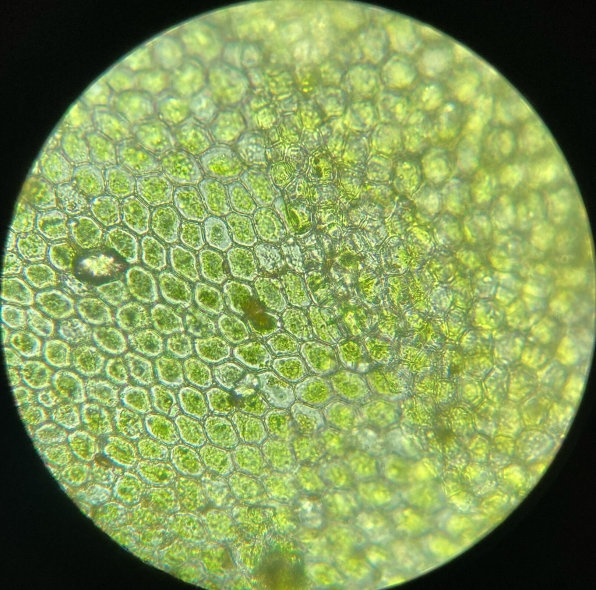
The filter was designed to be used by vulnerable communities that may not have access to a sink, so it can plug into an existing tap and sit on the counter; it also can plug into a simple hose. The team has yet to build a working prototype, but they envision that the moss cylinder will have to be changed every two months. (The Páramo is considered a protected area, so the moss would be grown by local communities in nurseries that mimic the natural conditions of the Páramo without disturbing the ecosystem.)
At the end of its lifecycle, the filter won’t be composted or recycled because of the microplastics now embedded in its membrane. So the students envision a network of drop-off locations where the moss filters can be collected and turned into a new kind of bioplastic material, while the stainless steel helix can be reused for the next filter. “One of the most important things for us is to end the lifecycle of the product,” says Osorio. “We need the right allies to turn this waste into a product material.”
It may be years until the product sees the light of day, but MustGo is proof that, once again, the key to many of our most pressing challenges already exists in nature—all we have to do is harness it.
(19)

